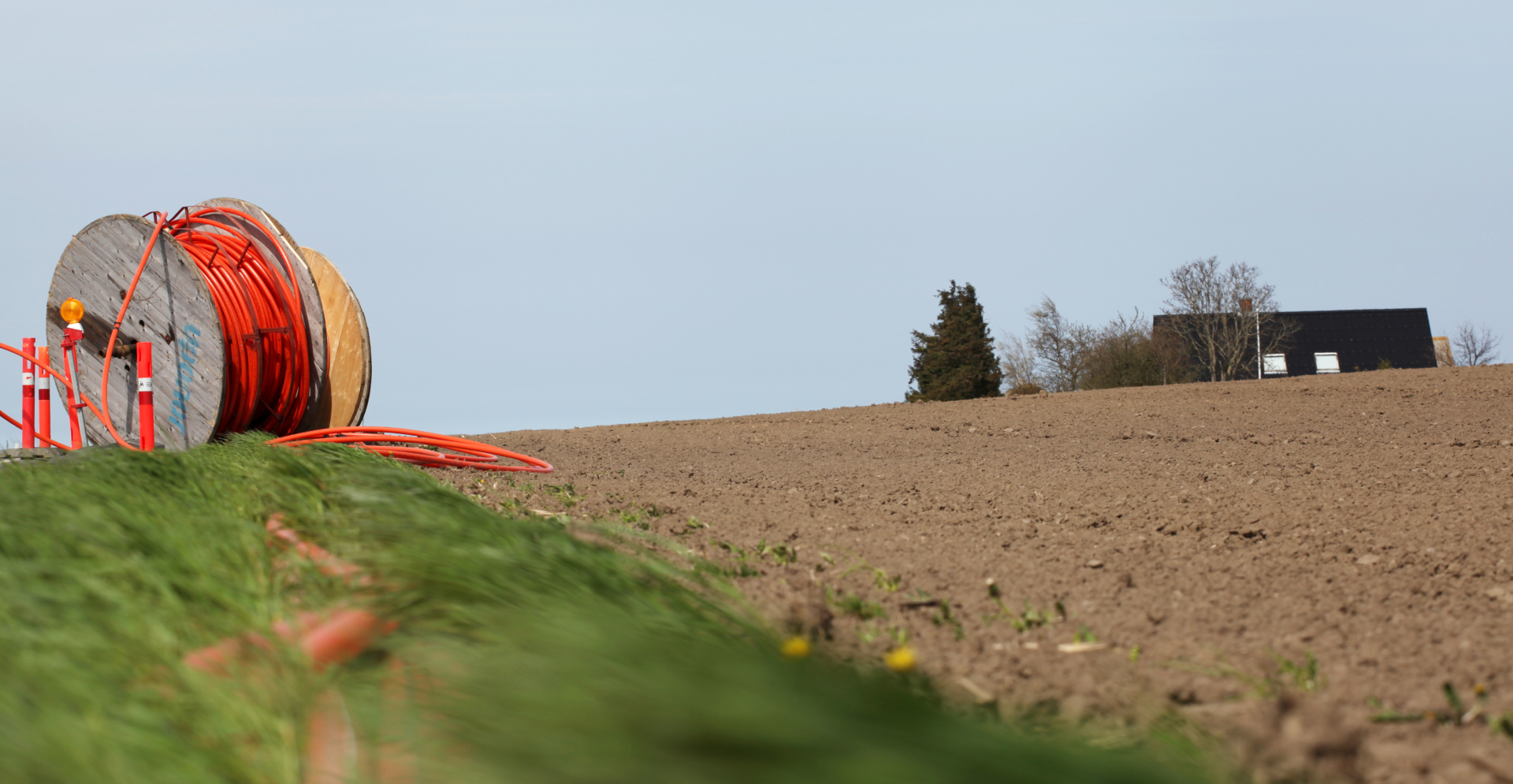Table of Contents
The challenge
The City of Brooks sought a private partner to support the design, build, operation and maintenance of a next-generation broadband network.
5,500 homes
Typically, broadband infrastructure is owned and operated by private service providers who primarily focus their service delivery on urban centers where homes and businesses are closely located, and populations are high. As a result, most rural communities have low service levels with high costs.
In the City of Brooks, a small city of about 15,000 people in southeast Alberta, Canada, the download speeds fell below the country standard, and the system was not set up for future growth.
The solution
Woven Smart Arcadis Solutions established a consortium to build a fiber-optic network and provide retail-level internet service to Brooks.
109.3 km fiber cable
In partnership with the City of Brooks, Arcadis and Crown Capital Partners, BrooksNet, a municipally owned fiber-optic network was created to deliver high-speed internet. The open-access next-generation broadband network will be capable of 10 Gigabytes per second internet connectivity, with the capacity to offer services to over 5,000 homes and businesses throughout the city.
Arcadis’ Woven Smart Arcadis Solutions facilitated the establishment of a consortium to build BrooksNet and provided design services, project management and contract support services. The city has invested $5.3 million in the project, with Community Network Partners contributing an additional $15.7 million to connect residents and business locations to the network’s backbone.
During the planning process, it was decided the city would be divided into a series of service zones to better organize and facilitate fiber optic connection. The network, which was constructed over a three-year period, will be operated on an open-access basis, allowing competitive internet service providers to offer services on the network and allow residents and businesses to choose their service provider.
The impact
The City of Brooks is one of the first rural communities in North America with high-speed internet.
Through BrooksNet, the City of Brooks will become one of the first rural 10 Gigabytes per second communities in North America, positioning it as an attractive location for knowledge-based industries and residents who value affordable high-speed connectivity along with a well-balanced life rooted in community. By building a dependable network, the city hopes to bring new opportunities for students, businesses, producers and creators. In addition, given the network is owned by the city, it can deliver more economical pricing that isn’t driven by privately owned service providers.
Not done reading?
This also might be interesting for you
- Related Projects
- Related Insights


